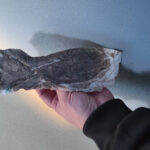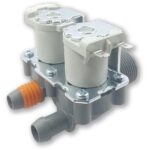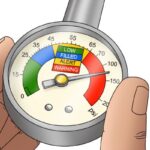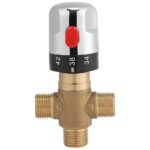Live View from the Solar Water Heater Location
Live View from the Location of the Solar Water Heater ( PRESS CTRL+F5 to force refreshing )
This page provides a live view of the sky above the solar water heater, allowing you to monitor weather conditions that affect its performance. The camera offers a useful image of the surroundings, including clouds, sunshine, and weather changes — all important factors influencing solar heating efficiency.
Uses and Benefits of the Live Camera Feed
The live stream is not just a beautiful view — it is a practical tool to understand the outdoor conditions affecting heating:
Monitoring Sunshine: By observing sunlight and cloud cover, you can see in real time how much solar radiation the system receives. Clear sky days usually correspond to maximum temperatures, while cloudy or rainy conditions reduce performance.
Weather Condition Logging: The stream can help monitor weather changes like storms, which may affect system performance or signal the need to conserve hot water during low sunshine periods.
System Diagnostics: The camera acts as a visual complement to the LDR sensor, which measures light intensity, and the data logger. The LDR records changes in solar radiation, and combined with the camera feed, you can explain temperature variations. For example, a sudden temperature drop can be checked against the camera image and LDR data to see if it was caused by cloud cover or rain.
How to Interpret the Camera Image
Here is a guide to interpret the image and draw useful conclusions:
Clear Sky: When the sky is clear, you can expect optimal conditions for heating. This is a good time to make use of the stored hot water.
Partially Cloudy Sky: During partially cloudy periods, the system may experience fluctuations. Heating remains sufficient but may take longer to reach maximum temperatures.
Cloudy or Rainy Sky: On overcast days, heating may be slower. Knowing this, you can adjust your hot water usage to conserve energy or switch to an alternative heating source if necessary.
Night Conditions: At night, the image provides an overview of sky conditions, offering a 24-hour perspective of the solar environment.
The webcam is based on an ESP32-CAM circuit











